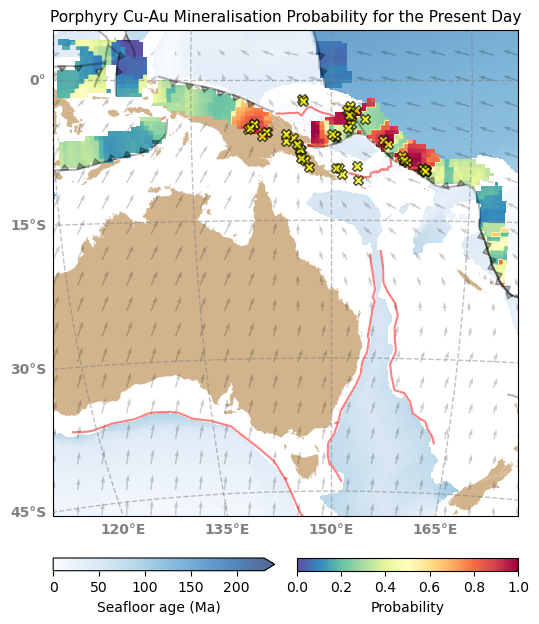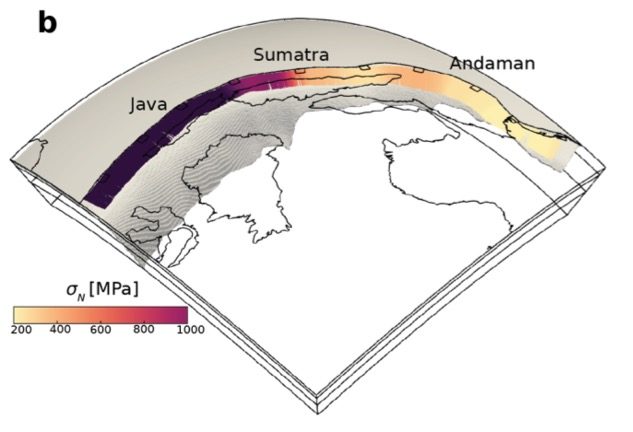Join us for an insightful seminar with Dr. Ehsan Farahbakhsh from the EarthByte Group. In this EarthByte Seminar Series event, Ehsan will delve into the intricate dynamics of porphyry copper-gold (Cu-Au) mineralization in Papua New Guinea using machine learning methods.
More details are below:
Seminar Details:
- Date: Wednesday, 15 November 2023
- Time: 11 am – 12 pm AEDT
- Location: Geoscience Conference Room 449 and online
- Zoom Link: https://uni-sydney.zoom.us/j/81389439525
Spatio-temporal prospectivity modelling of porphyry copper-gold mineralisation in Papua New Guinea
The tectonic setting of porphyry copper-gold (Cu-Au) deposits is complex and often influenced by fault systems, folding, and other structural features that can affect the distribution and concentration of Cu and Au mineralisation. These deposits are typically associated with the intrusion of arc-related magma into the upper crust along the plate boundaries in subduction zones. The current understanding of the formation of porphyry ore deposits is shaped largely by geological and geophysical observations of the overriding plate rather than the descending slab and its interactions with the sub-arc mantle wedge, resulting in a knowledge gap about arc metallogenic processes occurring in convergence zones through time. In this talk, we will explore the links between the formation of porphyry Cu-Au deposits and the evolution of subduction zones by investigating a variety of features, such as the relative and absolute plate motions along the boundaries in subduction zones. These features, along with ore deposit age data from across Papua New Guinea (PNG), are used in a spatio-temporal mineral prospectivity framework that benefits from robust machine learning methods, a combination of improved generative adversarial networks, positive and unlabelled bagging, and random forest classifier, to map prospective arc terranes. The model correctly predicts all known mineral occurrences in the testing set and identifies the most important features for predicting potential areas of porphyry Cu-Au mineralisation. The model finds the obliquity angle of the relative motion vector, the length of the arc segment, and the orthogonal component of the downgoing absolute plate velocity as the most important features for discriminating between high-potential mineralisation zones and barren areas. In conclusion, the performance of our model shows the potential of combining plate motion and machine learning models to advance mineral exploration along subduction zones, paving the way for more efficient, accurate, and sustainable exploration strategies in these geologically active areas.

![]()

